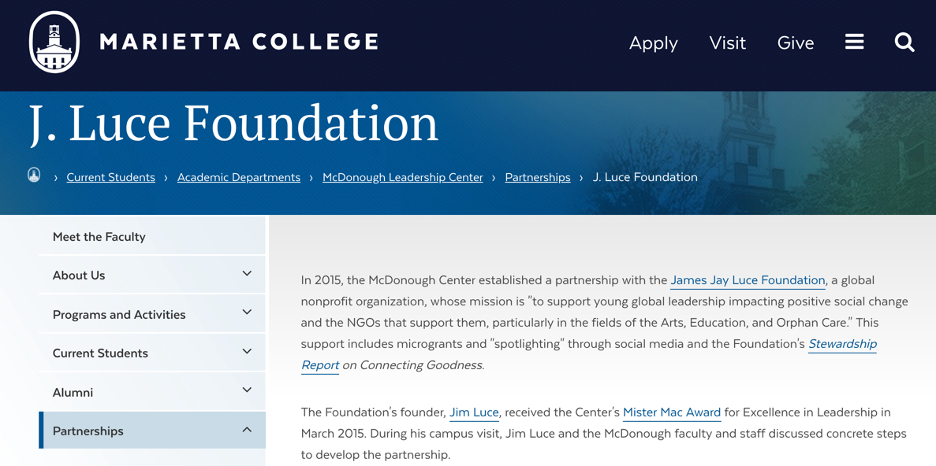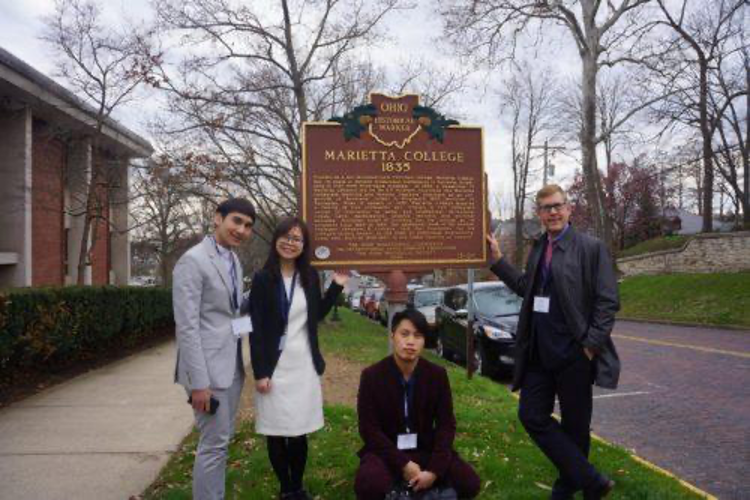[draft]
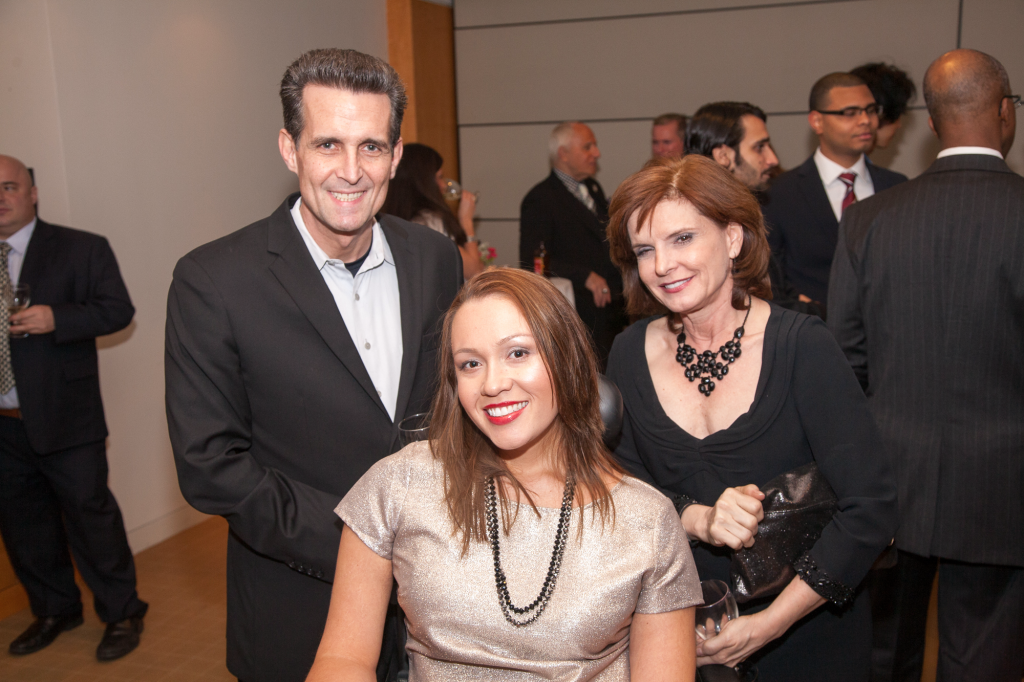
[draft]

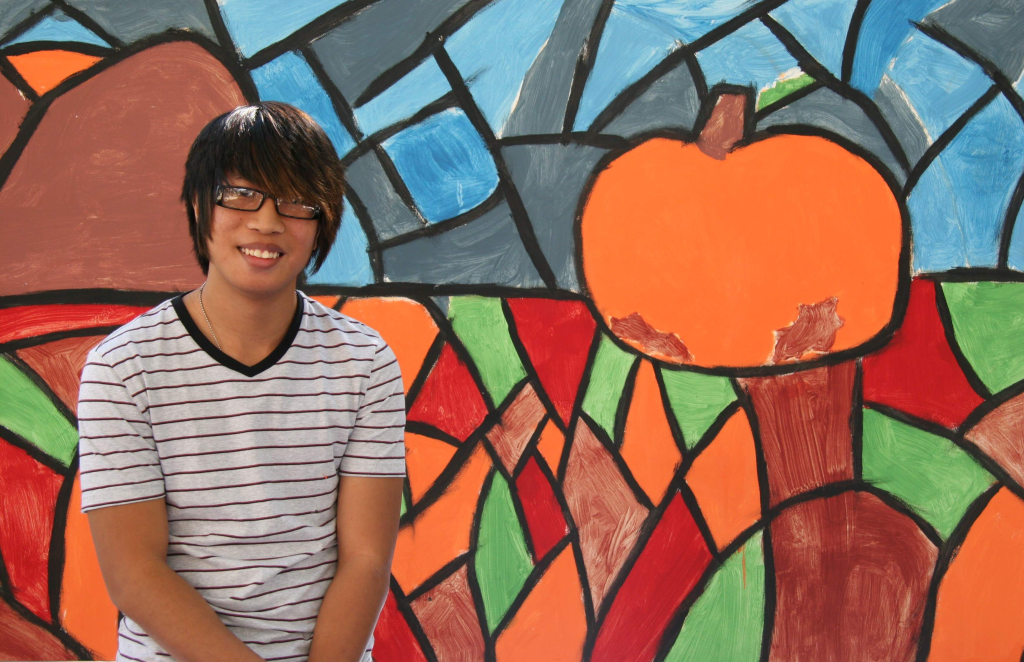
[draft]
]
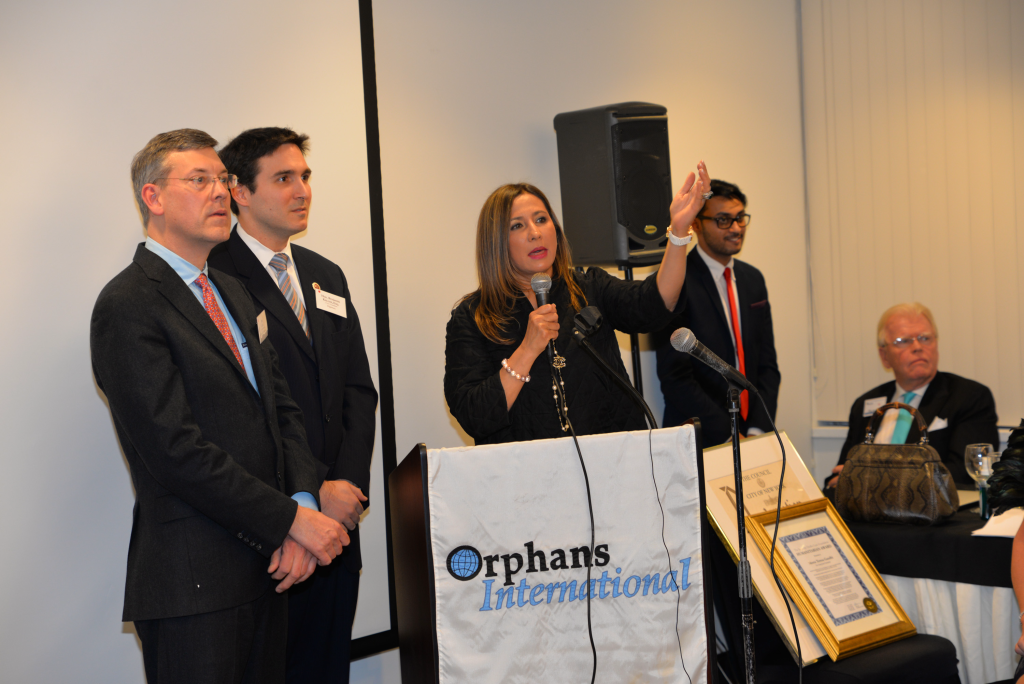
New York, N.Y. In 2024, the relationship between India and the United States continues to evolve, reflecting a robust and multifaceted partnership. This dynamic relationship is characterized by strong economic ties, strategic cooperation, and cultural exchanges, all of which are shaped by the global political landscape and the domestic priorities of both nations.
Economic Collaboration and Trade
Economic cooperation remains a cornerstone of Indian-American relations. The bilateral trade between the two countries has seen significant growth, reaching new heights in 2024. The United States remains one of India’s largest trading partners, with key sectors including technology, pharmaceuticals, agriculture, and energy playing pivotal roles.
In particular, the technology sector continues to be a major area of collaboration. American tech companies have a substantial presence in India, and Indian IT firms are integral to the American tech landscape. The mutual benefits derived from these partnerships are evident in job creation, innovation, and economic growth in both countries. The recent agreement on a bilateral investment treaty further underscores the commitment to deepening economic ties and ensuring a stable environment for investment.
Strategic and Defense Partnerships
The strategic partnership between India and the United States has been significantly strengthened in recent years, driven by shared interests in maintaining stability and security in the Indo-Pacific region. The 2024 Indo-Pacific Strategy outlines a comprehensive framework for cooperation, focusing on maritime security, counterterrorism, and defense technology sharing.
The QUAD (Quadrilateral Security Dialogue), which includes India, the United States, Japan, and Australia, has become an essential platform for regional security collaboration. Joint military exercises, intelligence sharing, and defense agreements have bolstered the defense relationship, making it one of the most critical aspects of the bilateral partnership.
Climate Change and Energy Cooperation
Climate change and energy cooperation have emerged as key areas of collaboration between India and the United States. Both nations are committed to the Paris Agreement and have undertaken ambitious initiatives to combat climate change. The U.S.-India Climate and Clean Energy Agenda 2030 Partnership, launched in previous years, continues to drive efforts to reduce carbon emissions and promote renewable energy.
In 2024, India and the United States have expanded their cooperation in clean energy technologies, including solar, wind, and hydrogen. Joint research and development projects, technology transfer, and investments in sustainable infrastructure highlight the shared commitment to addressing the global climate crisis.
People-to-People Ties
The strong people-to-people ties between India and the United States are a significant pillar of the bilateral relationship. The Indian diaspora in the United States, one of the largest immigrant communities, plays a vital role in enhancing cultural and economic links. Indian Americans have made significant contributions to various fields, including technology, medicine, academia, and politics.
Educational exchanges and collaborations between universities and research institutions in both countries continue to flourish. Scholarships, student exchange programs, and academic partnerships are pivotal in fostering mutual understanding and strengthening bilateral ties.
Political and Diplomatic Engagement
Politically, India and the United States maintain a high level of diplomatic engagement. Regular high-level visits, strategic dialogues, and multilateral cooperation underscore the importance of the bilateral relationship. In 2024, the political landscape is shaped by the shared values of democracy, pluralism, and rule of law, which form the bedrock of the partnership.
The geopolitical landscape, particularly the challenges posed by China’s rise and regional security issues, necessitates close cooperation. Both nations recognize the importance of working together to ensure a free, open, and inclusive Indo-Pacific region.
Challenges and Opportunities
Despite the strong relationship, challenges remain. Trade disputes, visa policies, and differing perspectives on certain geopolitical issues can strain the partnership. However, the resilience of Indian-American relations lies in the ability to address these challenges through dialogue and negotiation.
Looking ahead, the opportunities for collaboration are vast. The focus on technology, innovation, climate action, and strategic cooperation provides a robust framework for future engagement. The commitment of both nations to democratic values and global stability ensures that the partnership will continue to thrive and adapt to new challenges and opportunities.
Conclusion
In 2024, Indian-American relations are characterized by a deep and enduring partnership built on shared interests and values. Economic collaboration, strategic cooperation, and cultural ties are stronger than ever, positioning both nations to navigate the complexities of the global landscape together. As India and the United States continue to build on this foundation, the bilateral relationship will remain a pivotal force in shaping the future of the Indo-Pacific region and beyond.
Where Are We Now with Delhi-Washington Relations (July 4, 2022)
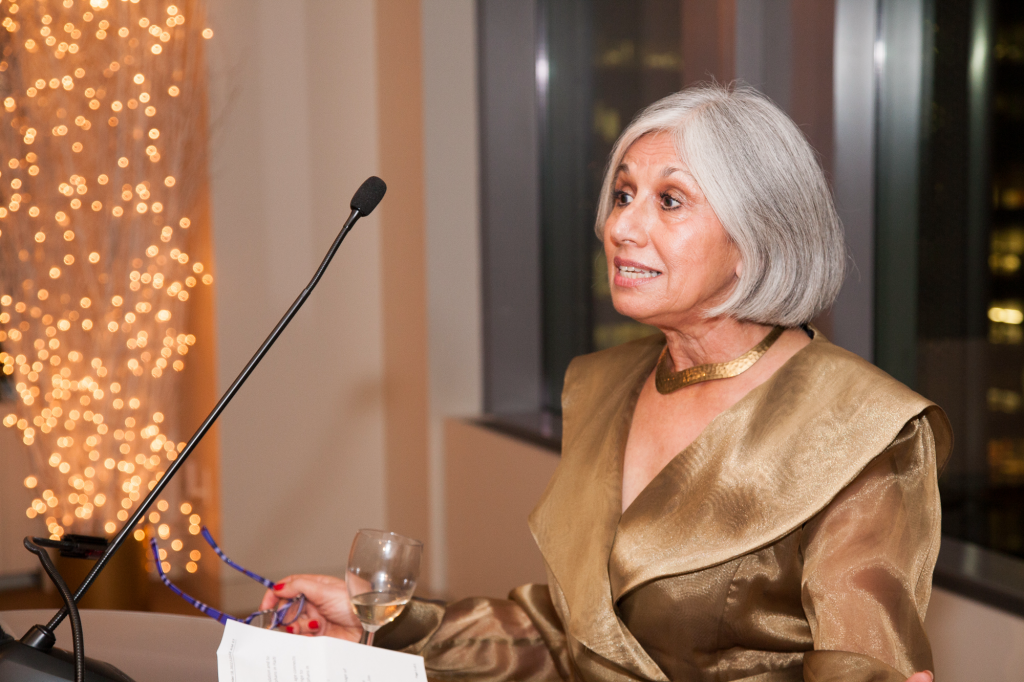
xxx xxx xxx xx xxx xxx xx xxx xxx xx xxx xxx xx xxx xxx xx xxx xxx xx xxx xxx xx xxx xxx xx xxx xxx xx xxx xxx xx xxx xxx xx xxx xxx xx xxx xxx xx xxx xxx xx xxx xxx xx xxx xxx xx xxx xxx xx xxx xxx

xxx xxx xxx xx xxx xxx xx xxx xxx xx xxx xxx xx xxx xxx xx xxx xxx xx xxx xxx xx xxx xxx xx xxx xxx xx xxx xxx xx xxx xxx xx xxx xxx xx xxx xxx xx xxx xxx xx xxx xxx xx xxx xxx xx xxx xxx xx xxx xxx
xxx xxx xxx xx xxx xxx xx xxx xxx xx xxx xxx xx xxx xxx xx xxx xxx xx xxx xxx xx xxx xxx xx xxx xxx xx xxx xxx xx xxx xxx xx xxx xxx xx xxx xxx xx xxx xxx xx xxx xxx xx xxx xxx xx xxx xxx xx xxx xxx
xxx xxx xxx xx xxx xxx xx xxx xxx xx xxx xxx xx xxx xxx xx xxx xxx xx xxx xxx xx xxx xxx xx xxx xxx xx xxx xxx xx xxx xxx xx xxx xxx xx xxx xxx xx xxx xxx xx xxx xxx xx xxx xxx xx xxx xxx xx xxx xxx
xxx xxx xxx xx xxx xxx xx xxx xxx xx xxx xxx xx xxx xxx xx xxx xxx xx xxx xxx xx xxx xxx xx xxx xxx xx xxx xxx xx xxx xxx xx xxx xxx xx xxx xxx xx xxx xxx xx xxx xxx xx xxx xxx xx xxx xxx xx xxx xxx
Children’s literature serves as a cultural bridge between generations, carrying forward the values, dreams, and wisdom that shape our collective future. In this collection of essays and reflections, Jim Luce explores how seemingly simple stories for young readers tackle profound themes of justice, identity, and human connection. From Dr. Seuss’s progressive political commentary to Pippi Longstocking’s groundbreaking challenge to gender norms, from Hans Christian Andersen’s enduring fairy tale magic to contemporary animated films that cross cultural boundaries, these pieces examine how “kiddie lit” functions as both mirror and map—reflecting who we are while guiding who we hope our children will become. Through careful analysis and personal insight, Luce reveals the sophisticated artistry and moral complexity embedded within literature’s most accessible and beloved forms.

Follow Jim Luce on Facebook, Instagram, LinkedIn, TikTok, and X (Twitter).
© 2024 The Stewardship Report on Connecting Goodness – Towards Global Citizenship is published by The James Jay Dudley Luce Foundation Supporting & Educating Young Global Leaders is affiliated with Orphans International Worldwide, Raising Global Citizens. If supporting youth is important to you, subscribe to J. Luce Foundation updates here.
2004 Tsunami Africa America Art Asia bangkok Bihar Bix Luce Bodhgaya Brooklyn Buddhism Children China Compassion Conflict Conflict resolution Culture Dalai Lama Developing world Development Dominican Republic Donald Rubin Education Episcopal Church Europe Frances Dudley Alleman-Luce Fundamentalists Anonymous Gaza Ghana Global citizen Global Citizens Greece Guyana Haiti Hamas Harvard Harvard University Health History Huffington Post Human rights India Indonesia Islam Israel J. Luce Foundation Jacmel Jacques Africot Jamaica James Jay Dudley Luce Foundation Jim Luce Leadership LGBTQ LGBTQ+ LOVE Mathew James Tendean Luce New England New York New York City NGOs NYC Ohio OIW Orphans Orphans International Orphans International Worldwide Palestine Peace Peru Peter Yarrow Philanthropy Philippines Politics Port-au-Prince Resilience Roosevelt Island Rubin Museum Russia slider Social justice Sri Lanka Stephen Bleecker Luce Students Taiwan Tanzania Thailand The Arts Thought Leader Tibet Togo U.N. Ukraine UNICEF United Nations violence Vladimir Putin Young Global Leadership youth “Mathew’s Rule”
Photo: Students at the Caribbean Maritime University, Kingston.

Follow Jim Luce on Facebook, Instagram, LinkedIn, TikTok, and X (Twitter).
© 2024 The Stewardship Report on Connecting Goodness – Towards Global Citizenship is published by The James Jay Dudley Luce Foundation Supporting & Educating Young Global Leaders is affiliated with Orphans International Worldwide, Raising Global Citizens. If supporting youth is important to you, subscribe to J. Luce Foundation updates here.
Activism Advocacy American history Asia Authoritarianism Bangladesh Bihar Bix Luce Brooklyn Children China Civil Rights Climate change Cold War Culture Dalai Lama Democracy Deportation Diplomacy Diversity Donald Trump Education El Salvador Equality Europe European Union free speech Gaza Geopolitics Germany Global citizen Global Citizens Global citizenship Global Leadership Haiti Health Healthcare History Humanitarian aid Humanitarian Crisis Human rights Immigration Immigration Policy inclusion India Indonesia Innovation International Law International Relations Israel J. Luce Foundation James Jay Dudley Luce Foundation Japan Jim Luce Justice Kamala Harris Leadership LGBTQ LGBTQ+ LGBTQ+ rights LGBTQ Rights LOVE Mental health NATO Netflix New York New York City Orphans International Orphans International Worldwide Palestine Peace Philanthropy Philippines Politics Port-au-Prince progressive politics Public Health Resilience Roosevelt Island Russia Social justice social media Southeast Asia Sri Lanka Taiwan Technology Thailand Thought Leader Tibet Trump Trump administration U.S. Politics Ukraine UNICEF United Nations United States Vladimir Putin War Crimes World War II
Drawing from a foundation in Japanese Art studies honored with the MacKenzie Art Prize, these writings explore the creative world through both scholarly insight and intimate encounters. From gallery openings to studio visits, from conversations with emerging artists to examinations of masters past, each piece seeks to capture the passion, struggle, and inspiration that fuel artistic expression. These stories reveal not only the creative process itself but the human experiences that breathe life into canvas, sculpture, and performance.


Follow Jim Luce on Facebook, Instagram, LinkedIn, TikTok, and X (Twitter).
© 2024 The Stewardship Report on Connecting Goodness – Towards Global Citizenship is published by The James Jay Dudley Luce Foundation Supporting & Educating Young Global Leaders is affiliated with Orphans International Worldwide, Raising Global Citizens. If supporting youth is important to you, subscribe to J. Luce Foundation updates here.
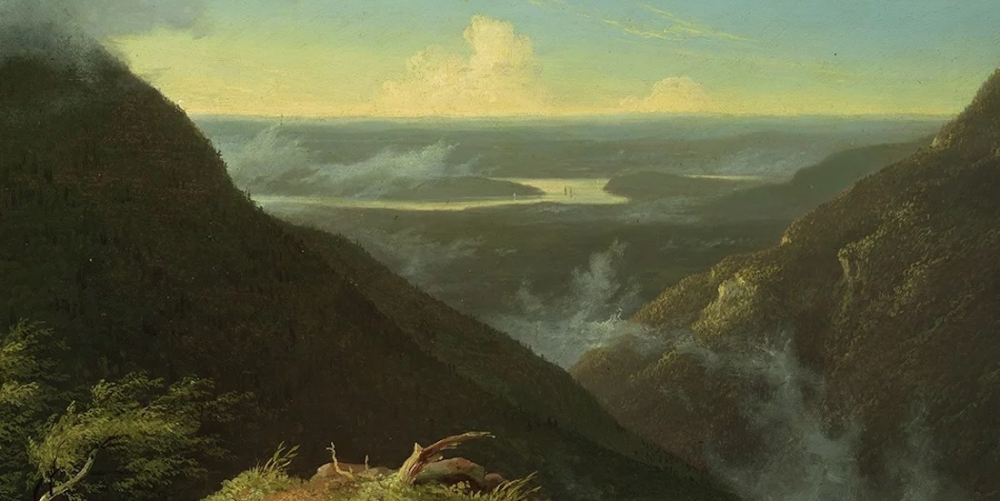
In May 2013, the South Gallery of the Oglethorpe University Museum of Art was renamed The Shelley and Donald Rubin Gallery.
Donald and Shelley Rubin in Tibet, 2002. Photos courtesy of Donald Rubin and the Rubin Museum.
New York, N.Y. Donald and Shelley Rubin are Tibetan art in New York City. This point is difficult to argue with. They founded the Rubin Museum of Art (RMA), which opened its doors in October 2004 and is now recognized as the premier museum of Himalayan art in the West.
What is less known is that these two thought leaders and global citizens are also patrons of the contemporary Cuban art scene.
Chatting with Don Rubin [Luce Index™ rank: 100] last week, I admitted that I knew little about Cuban art. He challenged me to get my arms around it. Having been an Asian Studies major with a minor in art, I rose to his challenge.
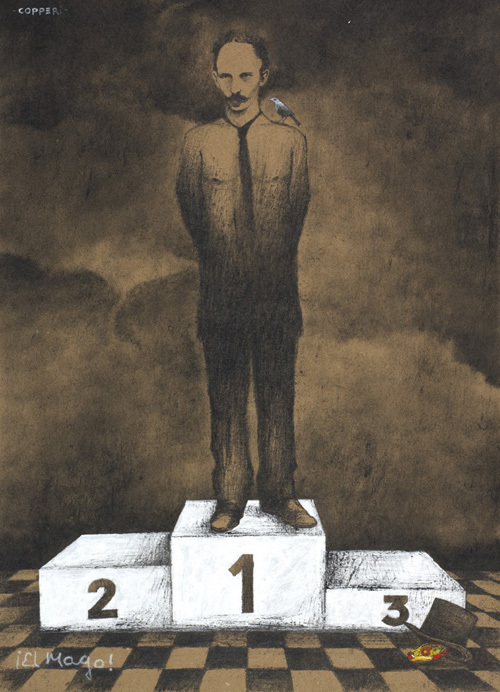
Shelley and Donald Rubin started collecting Cuban art recently.
This fall, the Museum of Art of Don’s alma mater Oglethorpe University in Atlanta opened an exhibition featuring their collection. Don graduated from Oglethorpe in 1956 with a BA.
This show — “¿What is Cuban Art?” — marks the first public display of this group of works and the first American presentation of many of the works. The Rubins have acquired such widely varying pieces that a newcomer to the art of Cuba might well ask, What is Cuban art?
Over 60 works of art by over two dozen contemporary Cuban artists were selected by co-curators Sandra Levinson, from The Center for Cuban Studies in New York, and Rachel Weingeist from the collection of Shelley and Donald Rubin.
The artists work in Cuba, the U.S., and from around the world. All are living but for one who died only weeks ago in Cuba. Some artists represented — Manuel Mendive, Carlos Estévez, Elsa Mora, and Sandra Ceballos — have achieved international renown, whereas others are almost unknown outside of Cuba.
Zaida del Rio. Fe, Esparanza y Caridad, 2001. Watercolor. 30 x 40 inches.
The curators have invited artists, critics, curators, and collectors to weigh in on the question — “¿What is Cuban Art?” — and their wide-ranging answers are included in the show as intriguing wall texts.
This exhibit ranges from the most popular to the most intellectual tastes, and features work from artists who range from self-taught to highly-trained. The youngest artist, Mabel Poblet, is 23; the oldest, Richar Bruff Bruff, is in his 80’s.
Like most of the Americas, Cuba is a melting pot of immigrants. Over centuries it has grown with Spanish colonials, African slaves, and Chinese laborers.
A place of apparent poverty today, Cuba is also a country incalculably rich in history, politics, and the arts. Cubans experience food shortages and are poor in ways that are hard for U.S. citizens to grasp.
On the other hand, Cubans receive as their birthright much that we don’t but should have here in the U.S. — free health care and education and subsidized goods of all kinds. Cubans share as a community both the advantages and disadvantages of living on their troubled and troublesome island.
To explore these elements of the Cuban culture, Oglethorpe University will feature a lecture series during the run of the exhibit. The lectures will cover such topics as a history of contemporary art in Cuba to the rise of Cuban hip hop, and Cuban cinema.
Yamilys Brito. Obatalá, 2003. Tempera on paper. 20 x 14 inches (left, monochrome).
José García Montesbravo. Mi Amigo Sincero, 2003. Acrylic on canvas. 34 x 25 inches.
Yamilys Brito. Obatalá, 2003. Tempera on paper. 20 x 14 inches (left, monochrome).
José García Montesbravo. Mi Amigo Sincero, 2003. Acrylic on canvas. 34 x 25 inches.
This island has weathered an extended U.S. embargo which may soon be ended by a more intelligent president, and all of the internal economic and political problems that embargo — as well as Cuba’s own unique brand of socialism — engender.
Shelley and Donald Rubin are avid art collectors who purchased their first piece of traditional Tibetan art in the mid-1970s, beginning a decades-long commitment to the preservation of the art of the Himalayas.
As the Rubins passion and collection grew, so did their desire to inspire a similar passion in others.
To understand a specific cultural milieu of Cuban art, one needs to interview those most familiar with it.
The Cuban writer Alberto Barral began my introduction. “Cuban art today is a contemporary language with a salsa mix. It has much of the international language that speaks for a generation, but with a tropical vision all its own. It comes with all the complications and extensions that this inevitably means.”
“Besides the elegance, beauty and true artistry, Cuban art is a vehicle for Cuban artists to express their true communication and their feelings, perhaps creating a vehicle for furthering cultural exchange between the U.S. and Cuba,” explains Luly Duke, founder and president of Fundacion Amistad.
“Cuban art has a history of focusing on different things and I think it has matured as a form of social conscience, progressive and very positive. Cuba is an island with much history and has given birth to great talent. This phenomenon has grown more complex with time and what started with certain nationalistic and folkloric elements became later a philosophy and way of thinking that expresses itself in the art.” - Carlos Estevez, artist
In the words of Cuban artist Carlos Estevez, “Cuban art is what we Cubans make, no matter where we live. The fact that I was born and grew up in Cuba makes me see life and the world in a unique way. I can become part of a different society or culture very different from my own (and I think that enriches the artist’s imagination) but the essence, the axis, comes from our experience.”
“Cuban art has a history of focusing on different things and I think it has matured as a form of social conscience, progressive and very positive,” Carlos says. “Cuba is an island with much history and has given birth to great talent.”
“This phenomenon has grown more complex with time and what started with certain nationalistic and folkloric elements became later a philosophy and way of thinking that expresses itself in the art, Carlos adds.
Carlos Estévez. Mirar a Los Lejos, 1998. Watercolor and pencil on paper.
29 1/2 x 43 1/2 inches.
“Spirituality, politics, and innovation mold the very fabric of Cuban art. Beneath this surface are the complex and interwoven traditions of Africa and Spain, China and the United States,” writes art Historian and curator Gail Gelburd, Ph.D.
“The warp and weft become not a specific style, but rather a unique state of mind. The art becomes the visual equivalent of a hot night, sandy shores, crumbling buildings, vibrant sounds, and intellectual discourse,” Gail states.
One collector, Howard Faber, says that, “Collecting Cuban Contemporary art is the best kept secret by those in the know in the art market. This genre encompasses probably the finest examples of contemporary art created in the last forty years.”
According to Alberto Magnan, it “brings you closer to the inner thoughts and meaning of the people of Cuba. It is pure art — done for the sake of art and not for the art market. It is art that excites and takes our minds to another level.”
According to another collector, Orlando Justo, “Cuban art is an enjoyable representation of Cuban roots and traditions of people’s questions and answers, happiness and worries, expressed with sharp humor, subtle irony and profound intellectual thinking. It is, in summary, a snapshot inside Cuban people’s minds and daily life.”
Abelardo Mena, a writer about the Cuban avant garde, says “Long live the anti-utopian, optimistic, and rebellious features of Cuban Art that will live forever young!”
Cuban art experts are quoted as part of the show:
“For me, Cuban art is the history of its people and culture layered with international techniques and styles. This convergence of local and international forces has contributed to making Cuban art and artists a major center of artistic excellence and innovation for decades.” - Ben Rodriguez-Cubenas, President & Founder, Cuban Artist Fund“Cuban art is at a level of quality not usually associated with small nations. Cuba has invested greatly in all forms of culture, giving artists greater opportunity support, and reward than most other nations.” - Alex Rosenberg, collector“This highly personal collection of contemporary Cuban art — still in formation -- is guided by passion rather than a specific curatorial vision, but it already highlights a universally agreed-upon characteristic of Cuban art: it’s incredible diversity. -Marilyn Zeitlin, curator
The show’s curator, Sandra Levinson, explains that Cuban contemporary artists come from a unique place: a country embargoed by our own because of its socialist revolution which came to power fifty years ago.
All of the artists in this collection grew up in socialist Cuba, and many of them, such as Franklin, Yamilys and Jacqueline Brito, Zaida del Rio, Carlos Estévez, Kdir and Fernando Rodríguez, graduated from the prestigious Instituto Superior de Arte, built at the beginning of the revolution.
Others, like Alicia Leal, Sandra Ceballos, Rocío García, Mendive, Elsa Mora, William Pérez and Mabel Poblet, attended Havana’s equally excellent San Alejandro Art Academy or other local art schools.
Many, like Lazo, Montebravo, Wayacón, Cornelio, Osés and Villalvilla, are self-taught. Yet despite their disparate backgrounds, aesthetic sensibilities, subject matter, materials and styles, there is something uniquely Cuban about the art in this collection.
Many who try to explain what is uniquely Cuban about this art settle on terms like “magic realism,” or simply “magic” or even “surreal.” In trying to describe Cuban art, many end up simply describing Cuba: it is the island itself that is magic, surreal, a unique blending of spirituality and non-believers, of religion and agnostics, of laughter and pain, of order and chaos.
Alejandro Lazo. Y No Para Cortar el Césped, 2008. Acrylic on canvas. 32 x 39 inches.
Both the island and the art are an unusual mix of the traditional and the modern, of the ordinary and the special, of simplicity and incredible complexity. It goes for the politics, the literature, the architecture, the people, and the art. It befuddles and entrances, is rejecting and embracing.
In Cuba, all is black and white, never grey. The door is always wide open or shut, never ajar. Subtlety is absent in magic, there are few hidden messages. The Cubans are remarkably straightforward and engaging — and so is their art.
For Shelley and Donald Rubins, collecting art is a passion that has evolved out of travel and curiosity about daily life in faraway places. With their newest collection of Cuban art, the Rubins are keenly aware of the connection between supporting living artists and the preservation of culture.
The Oglethorpe University Museum of Art comprises two spacious galleries and occupies some 7,000 square feet. Located in Atlanta and founded in 1835, Oglethorpe University is today an international institution that enrolls over 1,000 students representing 34 states and 36 countries.
Shelley and Donald Rubin are to be commended for their dedication to the arts and society. Such thought leaders and global citizens are what make New York City unique, and their thoughts, passions, and stewardship travel from Lhasa to Havana to Atlanta.
Luis Alberto Pérez Copperi. Patriotismo sin Limites, N.D.
Charcoal on kraft paper. 27 1/2 x 19 3/4 inches.
The Rubins on “What is Cuban Art?” (Originally published in The Huffington Post, March 18, 2010)
Healthcare has undergone extraordinary transformations across generations, fundamentally reshaping how we live and age. When Luce’s ancestors first arrived in America, life expectancy barely reached 40 years. Today, we live nearly twice as long—a testament to medical innovation and public health advances that have conquered diseases once considered death sentences.
Luce has witnessed this progress firsthand, surviving illnesses that claimed earlier generations of his family. This personal experience has deepened his conviction that healthcare represents one of humanity’s greatest equalizers and moral imperatives. Visionaries like Bill Gates and the late Paul Farmer have shown that medical breakthroughs mean little if they don’t reach everyone who needs them.
The articles that follow explore this intersection of medicine, equity, and human dignity—from groundbreaking treatments and traditional healing practices to the ongoing fight for universal access to care. Each piece reflects Luce’s belief that quality healthcare isn’t a privilege to be rationed by wealth or geography, but a fundamental right that enables every person to live with dignity and hope.

Follow Jim Luce on Facebook, Instagram, LinkedIn, TikTok, and X (Twitter).
© 2024 The Stewardship Report on Connecting Goodness – Towards Global Citizenship is published by The James Jay Dudley Luce Foundation Supporting & Educating Young Global Leaders is affiliated with Orphans International Worldwide, Raising Global Citizens. If supporting youth is important to you, subscribe to J. Luce Foundation updates here.
ABOUT Addiction Advice Africa Africa – South Africa – West Americas & Caribbean Analysis Animals & Animal Rights Anthropology Architecture Asia – East Asia-Pacific Asia – South Asia – Southeast Authoritarianism Available Content Biography Calendar Celebrity Children Childrens' Literature China (PRC) Cities & Urban Development Corporations Cuisine & Culinary Arts CULTURE Dance Disaster & Development Economics Education Europe Events Extremism Eyewitness Faith, Religion & Theology Family & Relationships Fashion Film & TV Global Warming Goodness Gun Control Health & Hygiene Heros of Democracy History Human Rights Humor Immigration & Migration In Depth International Relations Jim Luce Writes Law & Judicial System Leadership Liberation Movements Media Mental Health Mideast Monthly Feature Museums & Galleries Music Nature News Obituary Older Adults Open Orphans International Outer Space Pacific Islands Peace & Conflict Resolution Philanthropy Philosophy Photography Poetry & Fiction Politics Pop Culture Poverty Press Pulse Profiles Racisim & Black Lives Matter Review Royalty Science & Technology Service Organizations Sexuality & Gender Social Media Sports & Olympics The Arts Theater & Comedy Travel U.N. U.S. Video Viewpoint War, Conflict & Terrorism Women WORLD World War II World War III Youth
The MTA, NYC Department of City Planning, and Mayor’s Office for People with Disabilities make an announcement about private investment in front of the 210 Schermerhorn St. elevator at the Hoyt-Schermerhorn Sts Station on Fri., April 2, 2021. Photo: Marc A. Hermann / MTA.

© 2024 The Stewardship Report on Connecting Goodness – Towards Global Citizenship is published by The James Jay Dudley Luce Foundation Supporting & Educating Young Global Leaders is affiliated with Orphans International Worldwide, Raising Global Citizens. If supporting youth is important to you, subscribe to J. Luce Foundation updates here.
[draft]
We Support Marietta College
Each year, J. Luce Foundation Young Global Leaders attend the Marietta College McDonough Leadership Conference
